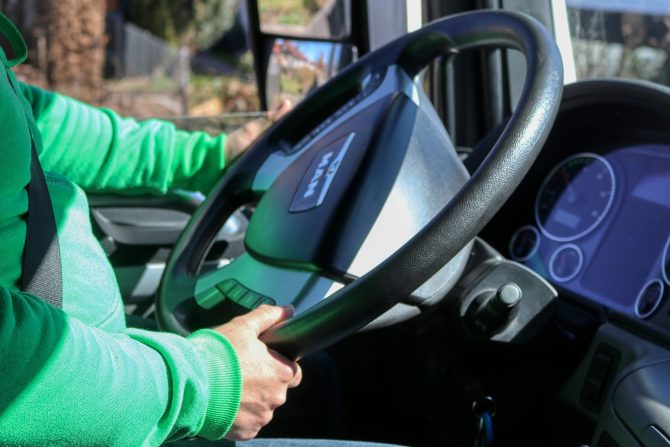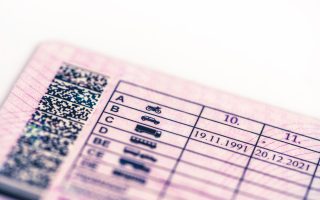Become a Confident French Driver


If you are technically qualified to drive in France but simply lack confidence, it’s worth asking your local driving school if you can take a refresher course. You will be assessed in a single day of driving and a course will be tailored to suit you.
A refresher course may prove very worthwhile: according to figures from the Ecole de Conduite Francaise (ECF), the accident rate among French drivers who have attended their refresher courses stands at 8 per cent as opposed to 22 per cent in the general population.
Some of the larger schools in major cities offer lessons in English, at a premium, but it is better not to rely on this in the smaller towns. Schools should also be able to offer advanced driving lessons if you want them.
They should be able to provide with the standard theory lessons and the French driving code on CD-Rom, so that you can study them at your leisure – this helps when it comes to understanding the French road markings, etc.
If you don’t know where your nearest schools are, the local police station should be able to tell you.
Driving tips for those living in France
* If you are still driving a right-hand drive car, consider replacing it with a left-hand drive vehicle. You get used to the gearstick being on the right very quickly and it does make you feel more confident at junctions, as you can see more clearly.
* Buy a good car, in good condition. Particularly if you’re travelling alone, it helps your confidence if you’re sure your vehicle won’t break down and you know that you have plenty of acceleration power, airbags, etc.
* Buy a well-known French make such as Citroen, Renault or Peugeot, which will be easier for local garages to repair and maintain.
* Learn some basic car maintenance. Every week you should check:
The tyre pressures (the correct level will be in the manual).
The liquid levels (anti-freeze, brake fluid, oil, battery, washer bottles).
That the windows are clean, paying particular attention to the windscreen.
That the headlamps are working and clean.
That the indicators are working.
That the wiper blades are in good order and the washer bottles are working.
* If you’re no mechanic, build a relationship with a garage you trust and periodically take the car in for checks. Ask them to check the following as standard:
The oil.
The general state of the tyres.
The brake pads.
The spark plugs and air filter.
* When it comes to getting back out on the road again, ask a friend who drives to take you out on your nearby routes and explain what they’re doing as they drive – what they’re looking for, danger spots and what gear changes they’re making, etc. Include the local towns and any areas you’ll need to park in regularly, such as the supermarket or the high street.
* Practise your turns and manouvering in an empty supermarket lot on a Sunday.
* When you feel confident enough, practise driving around the area, alone or with a friend, as you prefer. Go a little further each time and if you have setbacks, just repeat the same route in a day or two. Be assured that, gradually, your confidence will return, but accept that it does take time. If you set the actual drive as your only goal, then you won’t feel too pressured – don’t try to combine it with a shopping trip or a dentist visit, for instance.
Taking Your Test in French
If you don’t have a driving licence or your current one is not valid in France, here is the procedure for taking the test in French.
Firstly, you need to find a driving school. Some ex-pats advise using a chain such as ECF, rather than an independent school, as driving schools go out of business quite rapidly in France and you can find yourself deserted between the theory and the practical.
Once you’ve found your driving school, you pay a flat fee for the written test, then per lesson for the practical.
The written test is made up of 40 multiple choice questions. You have 30 seconds to answer each and must score 35 or more correct answers in order to pass. Bear in mind that it’s possible that more than one answer could be correct on some of the multiple choice questions. The practice tests are often more difficult than the actual test but the time constraints are the same.
You can study for the written test either by yourself, via CD-Rom, if the school offers it, or in class. Class preparation consists of taking a practice test and then going over the questions individually with the instructor.
You cannot choose the date or location of your written test.
Driving lessons
Expect to take about 10 driving lessons if you’re already qualified, before your instructor feels you are ready to attempt the test.
For further information, visit the Ecole de Conduite Francaise
Share to: Facebook Twitter LinkedIn Email
More in businesses, courses, learning, motoring, schools, shops, work
By FrenchEntrée
Leave a reply
Your email address will not be published. Required fields are marked *



